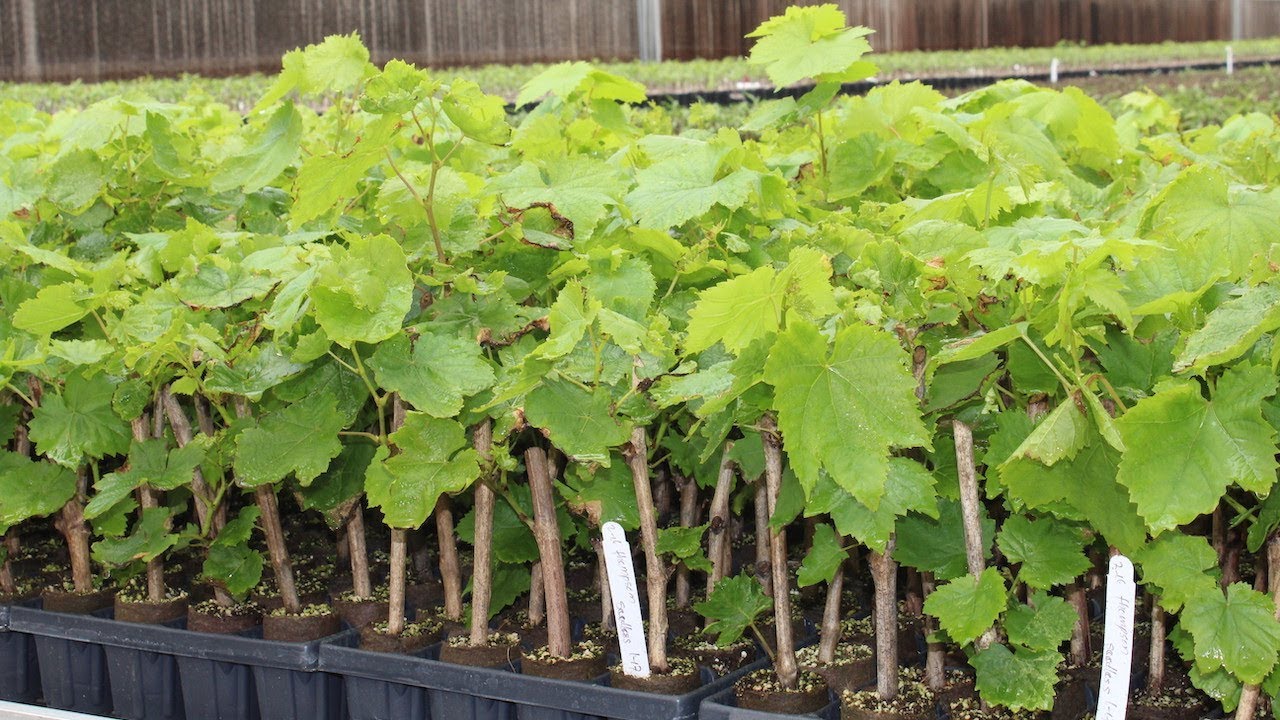Choosing Grapevine Cuttings from your nursery and how to keep them ALIVE until they are planted.
Choosing the correct cuttings is crucial for your grape growing success.
Nurseries usually offer two types of grapevines, grafted and non-grafted vines (rootstock). You need to know the difference between these two before you make your purchase.
Grafted rootstock is basically a vine that has the rootstock of another variety grafted to it. There are many good reasons why breeders do this. Vitus Riparia and Vitus Labruska varieties have real ugly grapes and sometimes produce no grapes at all. However, these two varieties are naturally resistant to nematodes and Phylloxera.
By grafting this resistant rootstock variety onto non-resistant grape varieties breeders are able to combine and achieve high quality grapes that will have a natural resistance level to nematodes and Phylloxera.
In 1860 the French wine industry was nearly destroyed by Phylloxera after its accidental introduction into the country. The industry was saved by grafting susceptible European vines onto resistant North American rootstock.
A weak growing variety is sometimes grafted to a vigorous growing rootstock in regions with dry climates where soil is low in fertility.
Some vines are grafted to rootstock that is more resistant to certain soil abnormalities. Grafted rootstock from these varieties can be adapted to soils with low pH, very wet conditions or even limestone abnormalities.
Non-Grafted vines are simply made from normal cuttings from mature vines and then rooted and planted.
If you have determined that in your specific region that you need a specific resistance, a certain vigorous growth potential, or some other required adaptability then you should inspect the grafted vine for the following conditions.
– Be sure there are no visible roots growing from the graft union area. If there are remove them prior to planting. If you leave them you lose the disease resistance level that you are trying to achieve by using a grafted rootstock.
– Is the graft union strong? Slightly bend the grafted vine while not over bending it to see if it will break. If the graft union is too weak it will break easily.
– Look at the roots. They should look strong with no signs of defects.
– Sometimes you will see a blue wax that was left by the nursery to protect the graft union from drying out. Just be sure you don’t see any visible cracks or openings in the union between the rootstock and the carrier.
– The bark of the vine should be dark brown in color. If it is black it could be an indication that fungus spores had developed during the previous year.
Once you have received your cuttings from the nursery you should remember these 6 important things:
1. Keep the roots of your cuttings moist by spraying them and wrapping them tightly in plastic bags during storage.
2. Avoid immersing the roots in water for longer than 24 hours. This can cause the roots to suffocate.
3. When transporting remember to cover the cuttings in damp cloth or plastic canvas.
4. Consider using a propagation bed for storage.
5. Do not store vines in temperatures exceeding 55 DEGREES F. (13 Degrees C.) for more than a week or two or they will begin to grow while in storage.
6. Keep the vines in a bucket of water during plantings.


